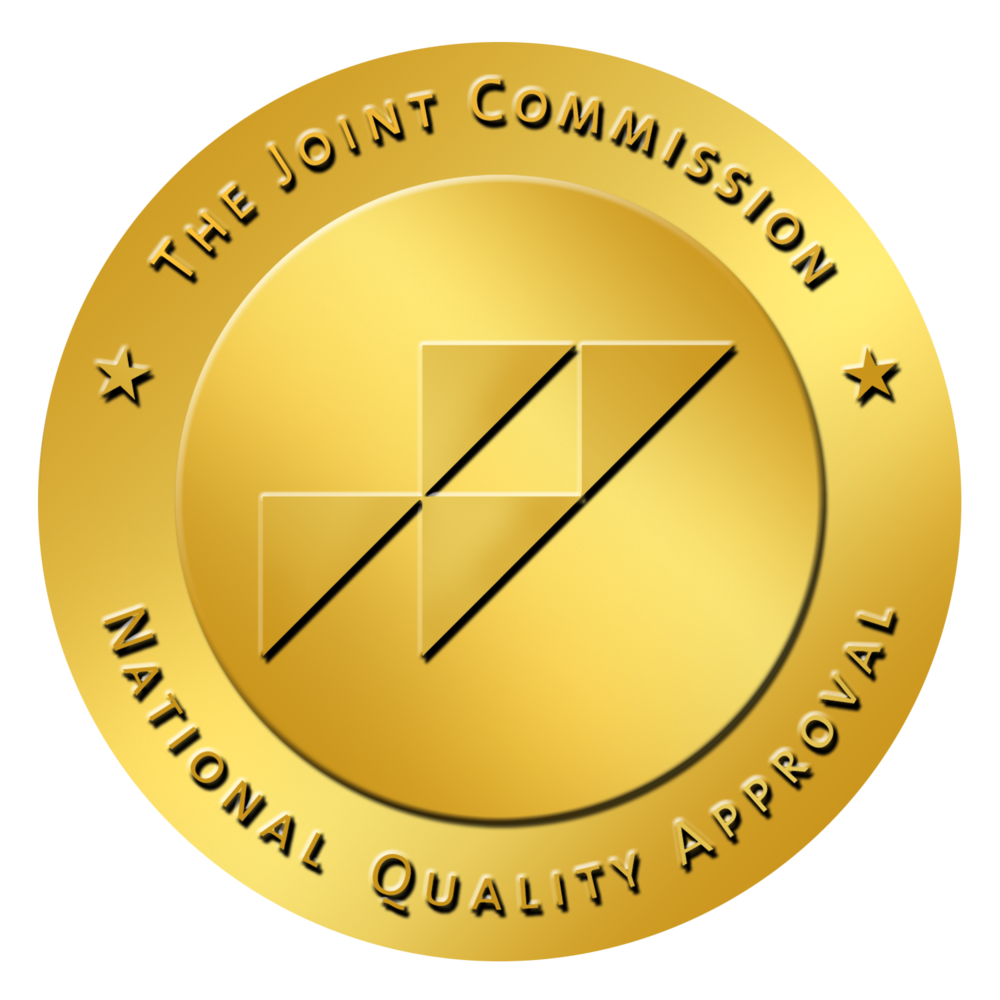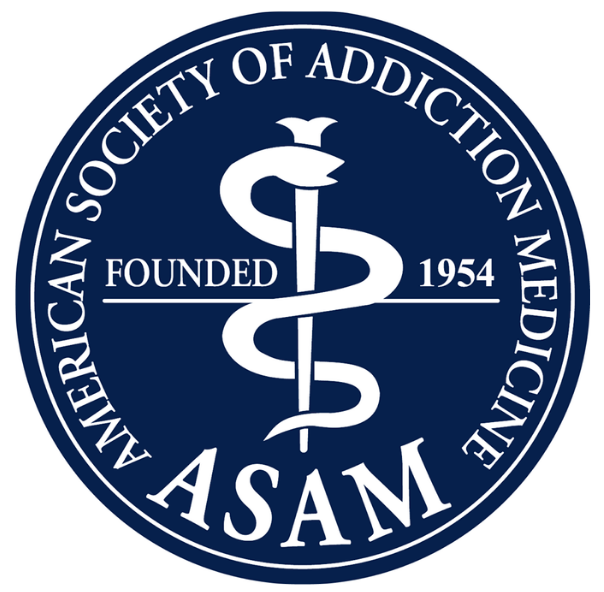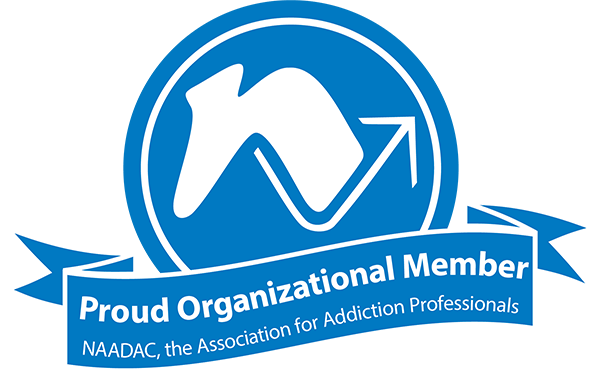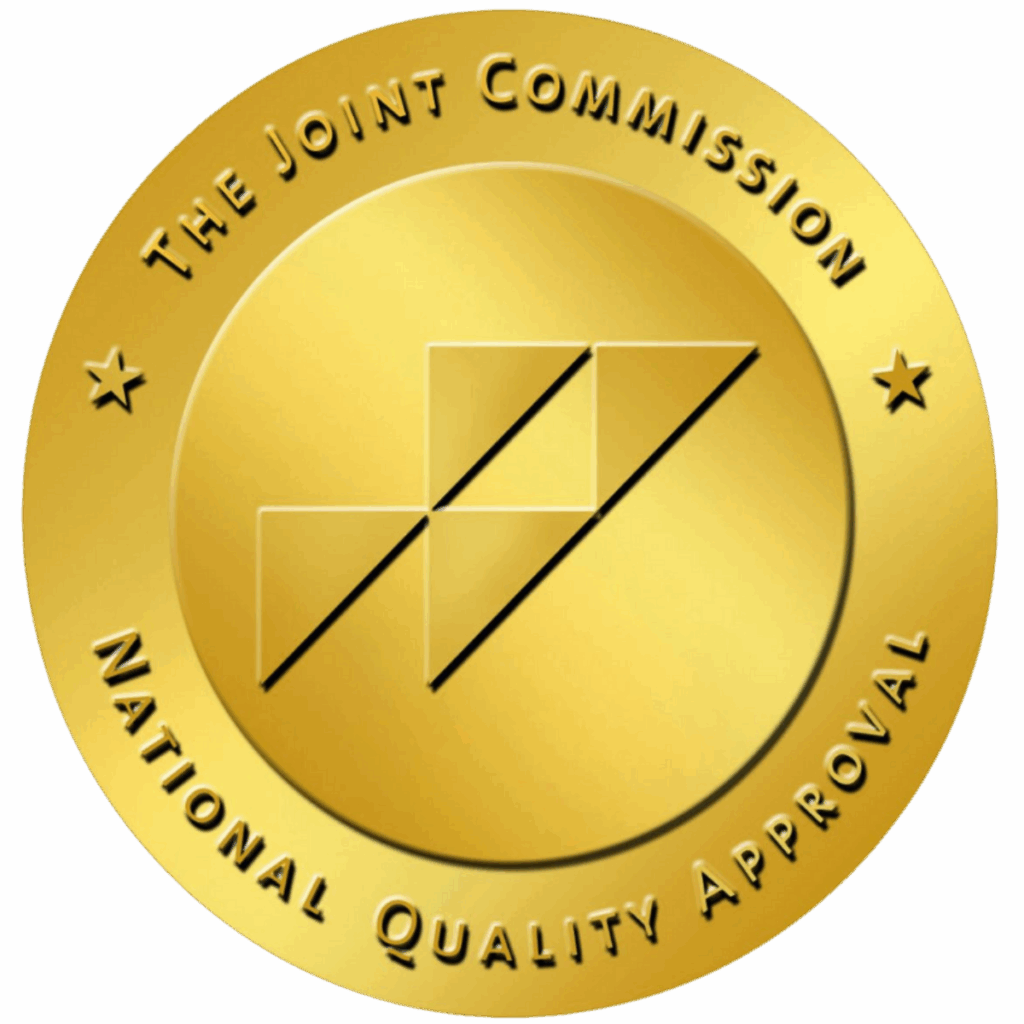Native American families continue to be faced with challenges, struggles and stigmas deeply connected — for centuries — to a difficult history.
“For the past 500 years, Native Americans have faced genocide, dislocation and various forms of physical, mental, and social abuse,” notes website Native Hope. “These factors have led to high rates of violence, assault, suicide, poverty and abuse among the Native American people today.”
Each of these adversities is also known to contribute to high collective rates of generational trauma that continue to affect Native Americans across the country. The negative emotions and varied effects of trauma, according to the American Psychological Association (APA), can “often challenge an individual’s view of the world as a just, safe and predictable place.”
Trust that there is hope in treatment. Studies affirm that cognitive-oriented, trauma-focused Cognitive Behavioral Therapy and mindfulness, are just as effective in healing trauma as they are with depression and anxiety — often the very symptoms that can occur when the unresolved, repressed memories of trauma go untreated.
One of these therapies is called EMDR, short for Eye Movement Desensitization and Reprocessing. Since it was introduced nearly 40 years ago, EMDR therapy has become one of the most popular, relied-upon forms of trauma therapy because it enables you to repair your brain’s own neural pathways affected by trauma.
What is EMDR therapy, and how can it help? Read on to learn more.
What Is EMDR?
EMDR is a type of psychodynamic therapy that was developed in 1987 by Dr. Francine Shapiro primarily as a treatment for Post Traumatic Stress Disorder PTSD and complex PTSD. Shapiro herself had been struggling with processing her own distressing memories, but one day, while taking a walk in the park, she noticed that the movement of her eyes seemed to diminish their emotional resonance somewhat.
Shapiro discovery formed the building blocks of a new trauma-focused therapy model. Seeing a similar promising response in her patients, she incorporated some other cognitive components and crafted the framework of what would become EMDR in its proper form.
When a memory is too traumatic, the brain tends to self-protect by filing it away. This initially makes rational sense, but when that memory isn’t properly addressed and processed, it can become “stuck” with all its original, painful emotions in place.
Shapiro called this Adaptive Information Processing, or AIP: a way in which the brain adapts when it stores memories. The brain conventionally processes happy memories normally; but with traumatic memories, notes the Cleveland Clinic, it can essentially go offline without processing and reconciling a traumatic memory properly.
This can lead to a trauma disorder, where those traumatic experiences can manifest as flashbacks, nightmares or disturbing memories, as vividly as they originally happened. “Because it didn’t have the chance to heal, your brain didn’t receive the message that the danger is over,” notes the clinic.
EMDR is designed to get the brain “unstuck” and restart the healing process. Look at it this way: just like your body is able to heal from a cut and heal over the wound, your mind is capable of recovering from psychological trauma. This is important because EMDR’s 3-pronged approach — addressing past memories, present disturbances and future actions — acknowledges that moving forward requires reconciling with the past.
In EMDR, your therapist will use a therapeutic tool called bilateral stimulation. Research tells us that stimulating both hemispheres of the brain can create new pathways in the brain and better aid in recalling and processing traumatic or distressing memories. “By engaging both hemispheres of the brain through rhythmic sensory stimuli, it can spark a cascade of neurological changes beneficial for emotional healing,” notes the Trauma Therapist Institute.
You’ll be asked, with your eyes, to follow the therapist as they move a pen, a light or their fingers side to side, involving both of those brain hemispheres, which is believed to combine the more logical, rational part of the brain with the side that processes emotions. By concentrating on these external movements, you’re asked to focus on your internal feelings.
What Does EMDR Treat?
Trauma disorders — especially PTSD — are the most common conditions EMDR is geared toward. But like other cognitive therapies, it can help successfully treat other problems, including:
- Anxiety disorders, panic attacks and phobias
- Depression, mood disorders and related mental health conditions
- Personality disorders, including borderline, bipolar and antisocial disorders
- Obsessive-compulsive disorders
- Dissociative disorders
- Eating disorders
- Substance use disorders, including alcohol and drug abuse
How Does EMDR Help Native Americans?
There’s stark evidence behind the challenges that Native Americans face compared to other cultures and races in the U.S.
According to a report by the U.S. Department of Health and Human Services’ Office of Minority Health, a large proportion of Native American adults age 18 and older suffer more from feelings consistent with depression — sadness, worthlessness and hopelessness — than Non-Hispanic American Indians/Alaska Natives, along with elevated suicide rates. Those polled also believed the feeling that everything is an effort, 2.75 times more than the general population (20.1% of Native Americans compared to 7.3%).
This handful of feelings are just a sample of mental health challenges can be linked back, directly or indirectly, to the hardships and deep-seated historical and intergenerational trauma consistent with Native American heritage — the very issues ideal for EMDR therapy.
It’s also an accessible therapy for communities of all ages, genders and personalities. Many people are reluctant to try therapy or struggle to articulate or put their feelings into words. Because the therapy works directly with how the brain processes memories, it’s not always required for you to talk extensively about distressing events. This means that EMDR facilitates healing on a neurological level, even when dialogue opens between you and your therapist.
The Eight Phases of EMDR
EMDR sessions customarily follow an 8-step process. In general, the first couple of phases occur during your first few sessions, moving onto latter stages as you go:
History and Planning Phase
The first one to two EMDR sessions are a chance for your EMDR specialist to learn more about you and your history and what’s brought you to therapy. Armed with an individualized EMDR treatment plan and touching on your long-term goals you’d like to achieve, it can help them further map out the direction you’ll both go. Here, you’ll start to touch on identifying past traumatic memories, experiences and triggers you might want to work on.
Preparation Phase
Before diving into proper therapy, the prep phase allows you to get acquainted with what treatment involves. Your therapist will explain in-depth what therapy involves. They may describe how EMDR works and what you can expect. They might practice the eye movements you’ll perform during bilateral stimulation, plus any tools that might be helpful during subsequent sessions.
Assessment Phase
Although called assessment, activation is also an accurate title, since this is the phase where you and your therapist will work to activate traumatic memories. You’ll identify and break down the elements of the memory — from how it looks to how it makes you feel. During assessment, you’ll identify any negative beliefs you have about your trauma as well as positive ones you’d rather have. Your therapist will then ask you to rate how the memory affects you on a 0–10 Subjective Units of Disturbance (SUD) scale and how true the positive belief feels on a 1–7 Validity of Cognition (VOC) scale.
Desensitization Phase
This stage of treatment focuses on the D of EMDR therapy — desensitization of traumatic memories. Using sets of bilateral stimulation (where you’ll follow with your eyes, side to side, your therapist’s pen or other movements, like taps or tones), they’ll help you activate a traumatic memory. Report what you notice. The memory may have happened years before. How does it make you feel — mentally, emotionally and physically? The desensitization phase continues until your distress level on the SUD scale for the memory begins approaching or arrives at 0.
Installation Phase
Processing and becoming desensitized to traumatic, negative memories show that you’re making progress in EMDR therapy. In phase 5, it’s time to install new, positive ones you would have identified in the assessment stage. Through more bilateral stimulation and dialogue with your therapist, you’ll work to strengthen this new belief until it feels true and genuine to you, aiming for as high a score you can achieve on the VOC scale.
Body Scan Phase
By now, you’ll have gained experience in EMDR treatment. The emotional weight of traumatic memories is lightened and more positive, proactive beliefs — both in the memory and yourself — are present. Ideally, you’ll be making peace with trauma and reaffirming yourself. But that doesn’t mean the absence of any lingering tension or discomfort. Your therapist will ask you to bring that original memory to mind and scan your body, from top to bottom, for any trauma-related symptoms. “Your symptoms should decrease until you don’t have any (or as close to none as possible),” notes the Cleveland Clinic. “Once your symptoms are gone, your reprocessing is complete.”
Closure Phase
Every EMDR therapy session comes to an end only when you’re calm, centered and stable before you leave. Through the course of treatment, your therapist will teach you other eye movement desensitization and reprocessing techniques, like relaxation techniques and guided imagery methods especially useful during closure when difficult emotions have come to the fore.
Reevaluation Phase
This last and final phase of EMDR therapy happens at the beginning of your next session as your therapist reviews your progress. How has your psychological state improved? How many memories have been processed over the course of weeks? Where does your opinion stand on them through the VOC and SUD scales? Is the former high and the latter low, and if not, what can be explored during EMDR therapy? “This can help determine if you need additional sessions or how to adjust your goals and expectations for your therapy,” notes the Cleveland Clinic.
What To Expect in EMDR Therapy?
It’s natural to walk into treatment not knowing what to expect, to have a mix of hopefulness yet hesitation. Because of the guided eye movements involved with bilateral stimulation, some people mistake EMDR for a form of hypnosis, but the two are very different. During EMDR, you’re in control the entire time; you’re fully awake, present and aware. It’s a type of treatment that gives you autonomy and control over the outcome of your mental health, and your therapist is there simply as a guide who creates a safe space for your own brain to do its natural healing work. Through the eight phases of treatment, you have goals to reach in EMDR treatment, where the breakthroughs that follow — that sense of making peace with and moving past trauma — feel earned and real, results of the effort you’ve put into addiction recovery.
What Are the Benefits of EMDR Therapy?
EMDR is research-based, meaning it’s been proven in clinical settings time and again to help people heal from the effects of trauma, no matter how long-term.
EMDR can help with:
- A significant decrease in PTSD symptoms, like flashbacks and nightmares
- Reducing the distress, anxiety, depression, fear and hypervigilance often accompanying trauma
- Minimizing and assuaging symptoms associated with trauma, like anger, stress of self-harm
- A feeling of empowerment and boosted self-esteem once negative memories have been reprocessed and replaced with more positive ones
- Treating complex PTSD or co-occurring disorders, where a mental illness and substance use disorder happen at the same time (addiction and trauma such as panic attacks and drug and alcohol addiction)
What Is the Goal of EMDR?
Erasing trauma or pushing it further back into the psyche is what tends to happen reflexively and instinctively when traumatic memories are too painful.
EMDR therapy goes against this grain because its goal is in helping your brain finish processing traumatic, repressed memories that have become stuck. That means that it has no more hold or power on you and no longer triggers some of the same intense emotional or physical triggers it once did. It enables you to recalibrate and embrace past trauma and make peace with it, without judging or blaming yourself.
FAQ about EMDR
Since Dr. Shapiro developed EMDR, it’s become a legitimate, well-researched therapy that’s gained clinical popularity and traction in the last three decades. As a treatment for PTSD, EMDR is recognized as an effective, front-line psychodynamic therapy for trauma-related disorders, endorsed by major global health organizations, including the APA and World Health Organization.
Different types of therapy, like trauma-focused Cognitive Behavioral Therapy, are multifaceted because they can help treat not only various types of trauma and PTSD, but other types of mental health and substance abuse conditions. But unlike a predominantly talk-based therapy like CBT, EMDR’s approach is different because of its unique use of bilateral stimulation to address and process traumatic memories. EMDR therapy focuses on using your brain’s own inherent healing power to desensitize the effects of a traumatic history.
Like the statistics above on EMDR’s effectiveness, many people make enough progress through EMDR that they don’t need additional therapeutic approaches. But it can also be part of a full continuum of care that includes not only EMDR, but trauma focused Cognitive Behavioral Therapy, EMDR for anxiety, exposure therapy, talking therapy, holistic therapies, individual and group treatment and more. EMDR has a place in your recovery no matter if it’s your standalone treatment or one of many.
In the recovery world, EMDR is considered a leading treatment for Post Traumatic Stress Disorder (PTSD), since it works with your own neurology to heal from the effects of trauma. Studies demonstrate its effectiveness; for example, PTSD UK cites a report revealing that 90% of single-trauma victims recovered from PTSD after just three EMDR therapy sessions. After six sessions with each of the eight EMDR phases in place, 100% of those people, plus 77% of multiple-trauma victims, showed a full recovery. EMDR is also proven in other studies to prevent relapse with continued treatment.
According to EMDRIA, the EMDR International Association, a typical EMDR therapy session can last between 60 and 90 minutes. However, it might take a few to several sessions to fully process a traumatic memory.
EMDR at Aliya Native Americans
PTSD and intergenerational trauma remain issues that impact Native American families, but EMDR is just one path to healing from them. How do you know if it’s the right path for you? Our EMDR-certified therapists and trauma-informed therapists understand that for Native communities, healing is ingrained in cultural history, identity and spirit. Our EMDR counseling services gold a special place in our clinical philosophy of meeting you where you are, with compassion, care, empathy and a belief in you and your recovery.
EMDR Treatment Near Me
If you or a loved one may be struggling with a traumatic event, panic attacks, depression or a drug and alcohol addiction, know that help is effective and help is here. Learn more about Aliya Health Group’s culturally grounded care, comprehensive levels of treatment and types of therapy for trauma, where you can find a rehab center conveniently near you in eight different states across the country.
And if you have questions about the scope of trauma-informed care, Eye Movement Desensitization and Reprocessing EMDR, insurance coverage and more, our admissions team is available 24/7/365 and can walk you through the process. Change your life with one phone call, or fill out our secure contact form to get started on your journey to long term recovery today.
Eye Movement Desensitization and Reprocessing (EMDR) Therapy
Trauma-Informed Therapy – StatPearls – NCBI Bookshelf
History of EMDR – EMDR Institute – EYE MOVEMENT DESENSITIZATION AND REPROCESSING THERAPY
What is EMDR? – EMDR Institute – EYE MOVEMENT DESENSITIZATION AND REPROCESSING THERAPY
The Science Behind Bilateral Stimulation
EMDR Therapy: What It Is, Procedure & Effectiveness
Mental and Behavioral Health in American Indians/Alaska Natives
EMDR therapy: Benefits, effectiveness, and side effects
How effective is EMDR? – PTSD UK.






